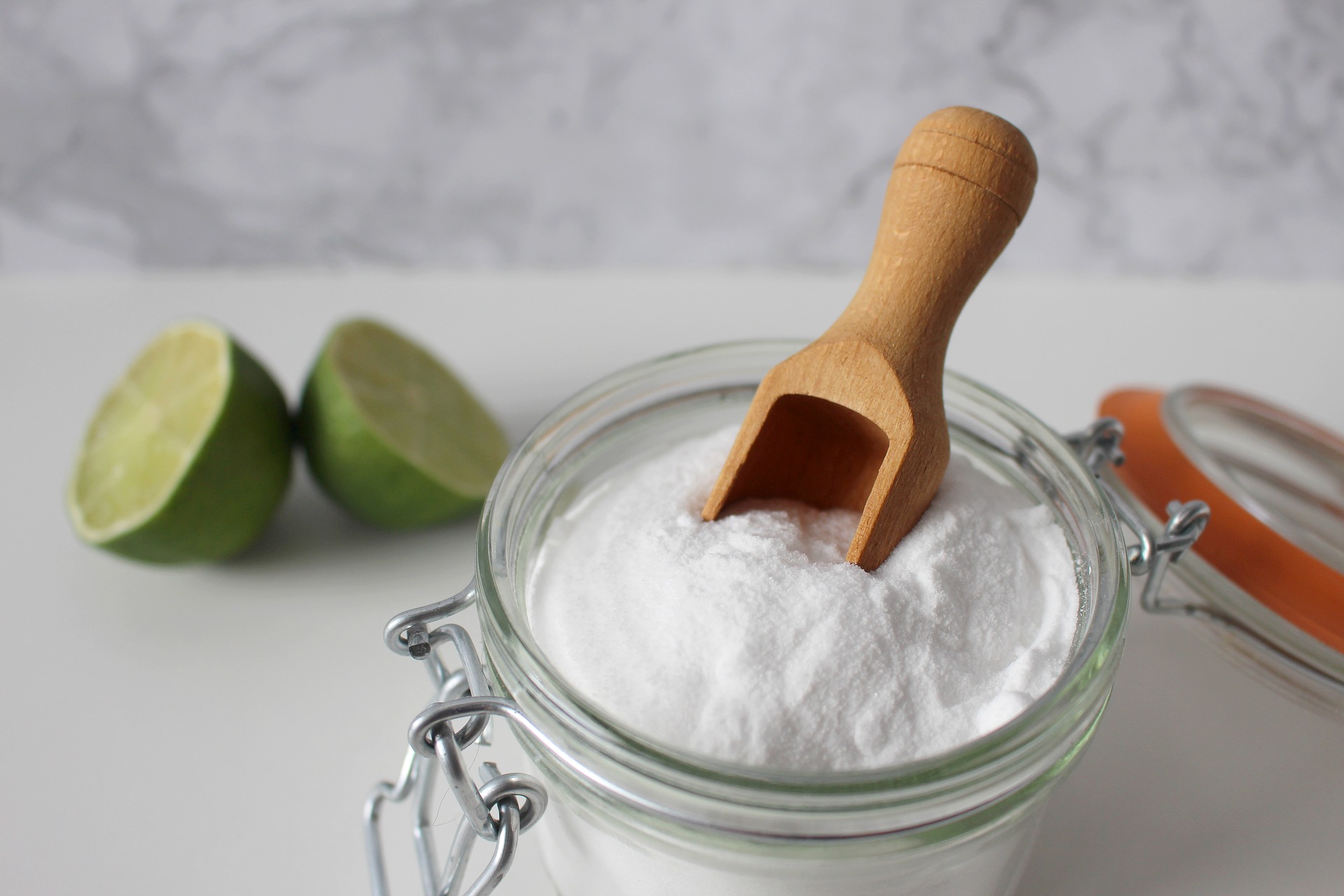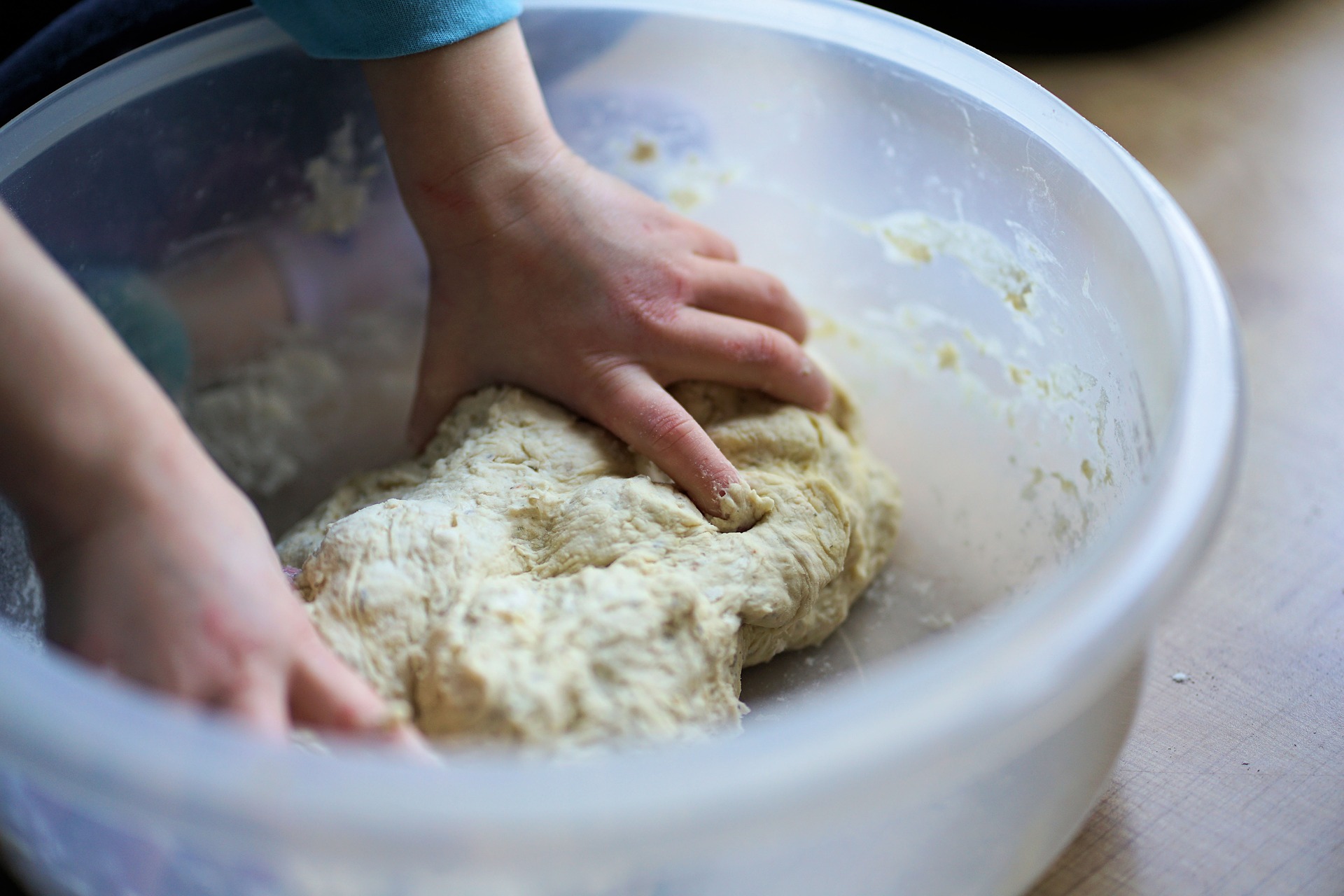Baking Soda and Baking Powder— Are They Different?
And do you really need both?


How many times have you been in the middle of baking before you realized you were out of baking powder or baking soda?
I’m sure you were tempted to substitute one for the other, thinking to yourself are these two ingredients even different?
Well, the short answer is — yes. And here’s how.
What’s baking soda?
Baking soda simply consists of one, basic compound — sodium bicarbonate (NaHCO3). When baking soda is mixed with any type of acid, represented as H+, it produces water, carbon dioxide, and salt. Common acids used in baking are lemon juice, cream of tartar, and buttermilk.
NaHCO3 + H+→ H2O + CO2 + Na+
What we’re really trying to capture in this reaction is the hundreds of tiny carbon dioxide bubbles. The thicker a dough or batter is, the more efficient it’ll be at trapping these bubbles. This is what aerates or leavens baked goods like quick breads and muffins.
You may have noticed that many recipes call for a combination of baking soda and cream of tartar to aerate foods. Cream of tartar is useful since the dry, acidic powder will react more slowly with baking soda compared to other liquid acids.
Once you combine the acidic and basic ingredients, the recipe should be finished as quickly as possible to ensure the largest amount of bubbles remain trapped in the dough.


Okay, so then what’s baking powder?
Baking powder is a mixture of several ingredients: baking soda, one or more acids, and a filler. There’s some choice in the type of acids, but typically this includes cream of tartar or monocalcium hydrogen phosphate among others.
A filler is a neutral ingredient that helps dilute the active components (baking soda and the acid) and keep them apart. Most often corn starch is used as a filler. It acts to keep the basic component, baking soda, from reacting with the acid during storage. Even with a filler, baking powder will degrade over time and lose its functionality.
The main advantage of baking powder is that it comes with its own acid, so it’s ready to react when used in a recipe. Both the acidic and basic components are already in the baking powder. No need for additional ingredients.
Is double-acting baking powder different?
Some baking powders include two edible acids; this is what the “double acting” term refers to. One of these acids will react with baking soda at room temperature, so while you’re mixing ingredients and preparing the dough.
A second acid is added because by the time you get the dough in the oven, some of the bubbles have already migrated out. Luckily, the second acid will be activated by the heat in the oven and react with any remaining baking soda. This means the batter has another chance to capture and retain the bubbles leading to a larger rise during the bake.
So, which do you want to use?
It depends on what you’re making and what texture you want.
Baking powder, especially double-acting, will always give off more bubbles and a better rise during baking. But, if you’re making something like cookies that you don’t want to rise too much, but rather spread out, baking soda is a better option.
What’s happening when a recipe calls for both?
In this case, the recipe usually uses baking powder to produce a large number of bubbles, or leaven the food, since it’s already paired with an acidic component. The baking soda is added simply to neutralize other acids present in the recipe, perhaps something like buttermilk or sour cream, which would otherwise lend a sour taste. This means baking soda and baking powder play different roles in the same recipe. They aren’t meant to substitute each other.
While baking soda and baking powder are standard ingredients for just about any baked good, most of us probably had no idea what the actual difference was between the two.
Hopefully, after this article you understand what distinguishes the ingredients from one another, and that a more successful substitution would often be baking soda plus an acid for baking powder, or vice versa.
Enjoy baking!

